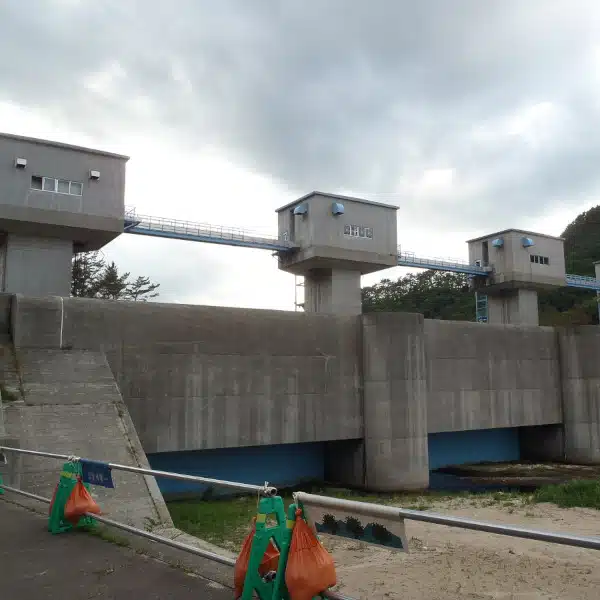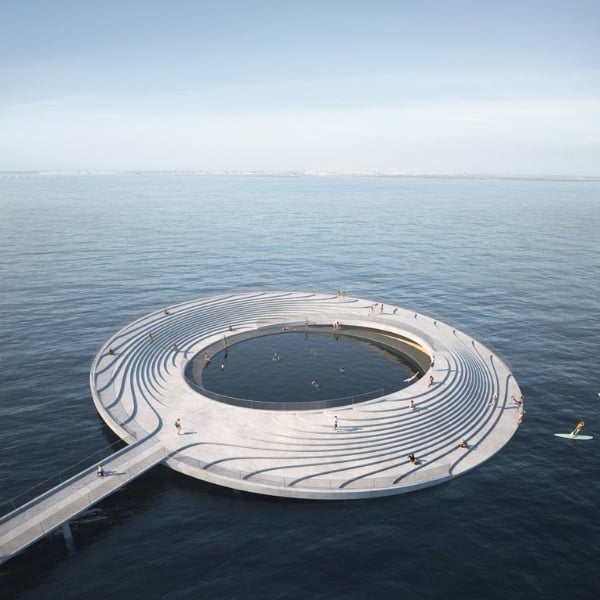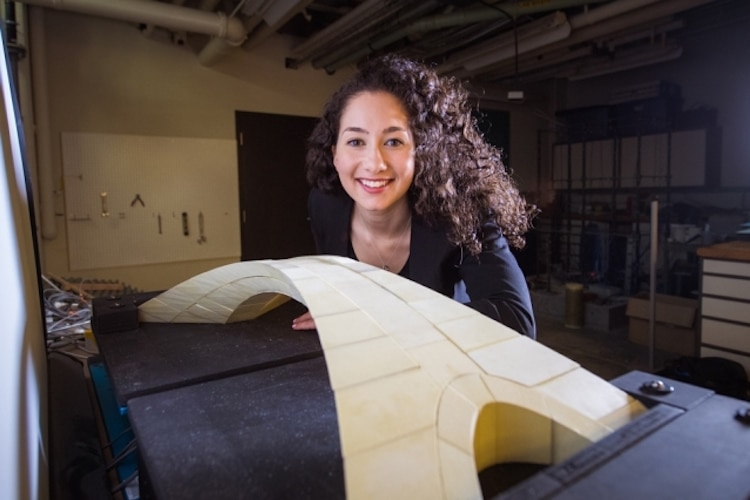
Recent graduate student Karly Bast shows off the scale model of a bridge designed by Leonardo da Vinci that she and her co-workers used to prove the design’s feasibility. (Photo: Gretchen Ertl / MIT)
Leonardo da Vinci’s body of work has fascinated and inspired generations of thinkers across all fields. In his notebook sketches, we’ve discovered meticulous notes of anatomy, as well as drafts of inventions far ahead of his time. Seated in his illustrative list of ideas, among the helicopter and parachute, is also a design for a 280-meter-long (918-foot-long) bridge that—had it been completed—would have been the longest bridge in the world at the time.
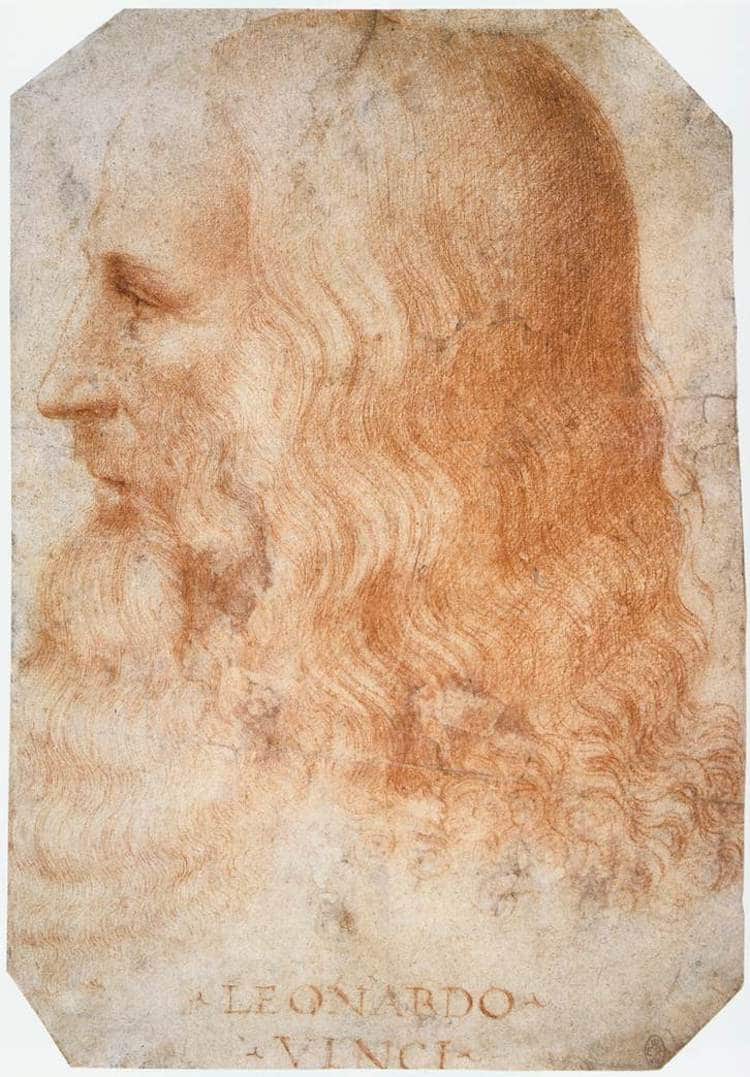
“Portrait of Leonardo” by Francesco Melzi. (Photo: Wikimedia Commons [Public Domain])
Recent MIT graduate Karly Bast (MEng ‘19) worked with professor John Ochsendorf and undergraduate student Michelle Xie to examine the problem. Together, Bast and her co-workers poured over the available documents, contemplated the possible materials and construction methods available to the time period, and considered the geological conditions of the proposed site—a river estuary called the Golden Horn. All of their research led to a detailed scale model that tested the bridge’s stability and capacity to support weight. Unsurprisingly, da Vinci passed the test with flying colors.
500 years ago, Leonardo da Vinci designed a 280-meter-long bridge that—had it been completed—would have been the longest bridge in the world at the time.
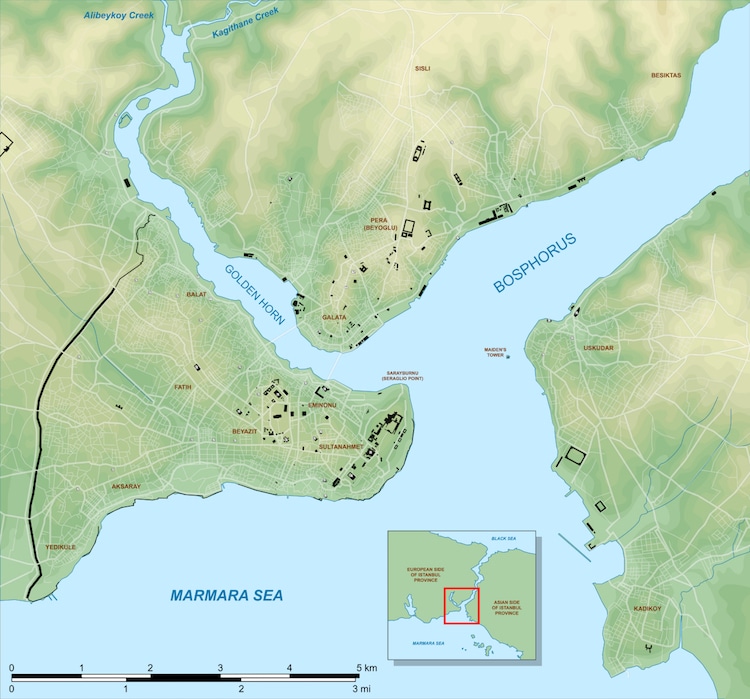
Map of Istanbul's Historic Peninsula (lower left), showing the location of the Golden Horn and Galata. (Photo: Wikipedia Commons (CC BY-SA 3.0))
Engineers from MIT put da Vinci's original design to the test by making a 3D model of the bridge.
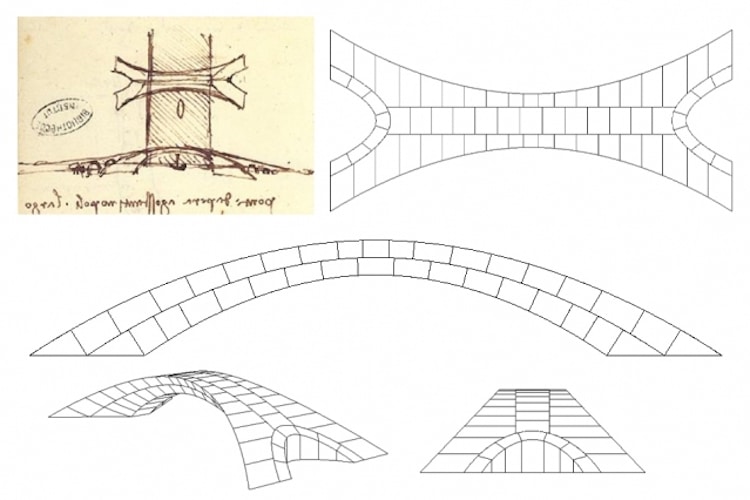
Drawings by former graduate students Bast and Michelle Xie showing how the structure could be divided up into 126 individual blocks, which were 3D printed to build a scale model. (Photo: Karly Bast and Michelle Xie / MIT)
Their results found that the bridge could actually work.
The results of MIT’s study were presented in Barcelona earlier this month, and will also be featured in an episode of the PBS program NOVA, set to air on Nov. 13.
h/t: [MIT, IFL Science!]
Related Articles:
All 1,119 Pages of Leonardo Da Vinci’s “Codex Atlanticus” Now Available Online
Leonardo Da Vinci’s To-Do List Proves He’s a True Renaissance Man
The Significance of Leonardo da Vinci’s Famous “Vitruvian Man” Drawing
















































































